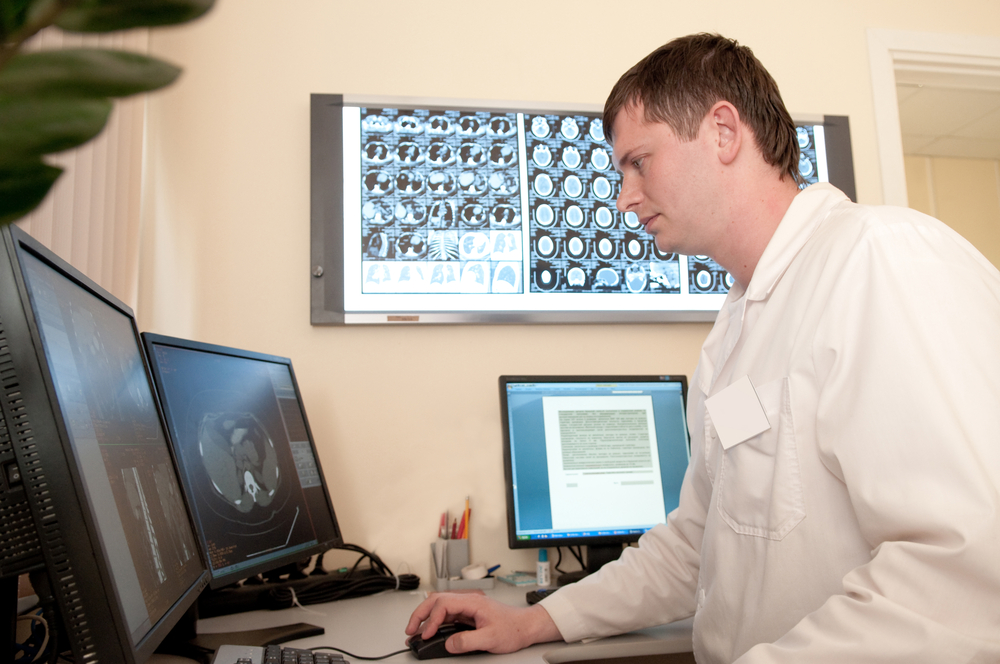Ultrasound Can Reduce Tremors in Severe Cases of Parkinson’s, Study Suggests

Ultrasound therapy can reduce the tremors of Parkinson’s patients who fail to respond to medication, a small clinical trial suggests.
While the results were encouraging, larger studies are needed to confirm the technique’s effectiveness, researchers at the University of Virginia School of Medicine said.
The study raises the possibility that severe tremors can be treated without brain surgery, since the ultrasound method does not require the skull to be opened.
Researchers published the study in the journal JAMA Neurology. It is titled “Safety and Efficacy of Focused Ultrasound Thalamotomy for Patients With Medication-Refractory, Tremor-Dominant Parkinson Disease — A Randomized Clinical Trial,”
“Our findings suggest that the patients likely to benefit from this approach are those for whom tremor reduction is enough to improve their quality of life,” Dr. Binit Shah, a researcher at the University of Virginia Health Science Center, said in a press release.
Dr. Jeff Elias, who led the pilot study, pioneered the method. It involves using focused ultrasound waves to eliminate unwanted brain connections that give rise to tremors.
The U.S. Food and Drug Administration has already approved the technique for treating the common movement disorder known as essential tremor.
By using magnetic resonance imaging, doctors can determine the location in the brain where the ultrasound waves need to be directed. They can also use MRI to monitor the intensity of the treatment.
The experimental trial (NCT01772693) involved 27 patients with a severe, disabling disease who had failed to respond to medication. Patients were randomly assigned to the ultrasound treatment or a sham procedure.
Researchers said ultrasound improved by a median of 62 percent the tremors of the 20 patients selected for the treatment. Meanwhile, the seven control patients’ tremors improved by only 20 percent.
Ultrasound also appeared safe, although researchers noted some side effects. Among the most significant were mild numbness on one side of the body and face and finger numbness. While the body numbness improved during the trial, the face and finger numbness did not.
About a third of patients also had difficulty coordinating movements after the procedure. This improved in the majority of patients afterward, however.
In addition, two patients also felt weakness, although the problem improved or disappeared during the study.
The researchers hope to try the ultrasound method in a large multi-center study to gather more evidence on its effectiveness and safety.






